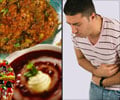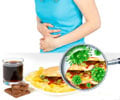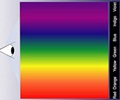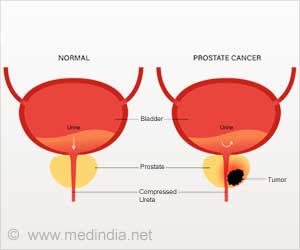Researchers succeeded in using color-coded labels to simultaneously identify each bacterial species that induce food poisoning in manufacturing sites.

‘Success in rapid and simultaneous identification of multiple types of food poisoning bacteria by color differences in scattered light from metals.’





Bacterial tests are conducted to detect food poisoning bacteria at food manufacturing factories, but it takes more than 48 hours to obtain results due to the time required for a bacteria incubation process called culturing. Therefore, there remains a demand for rapid testing methods to eliminate food poisoning accidents.Responding to this need, the research team led by Professor Hiroshi Shiigi at the Graduate School of Engineering, Osaka Metropolitan University, utilized the optical properties of organic metal to rapidly and simultaneously identify food poisoning-inducing bacteria called enterohemorrhagic Escherichia coli (E. coli O26 and E. coli O157) and Staphylococcus aureus.
Colour Signals that Alert you to Dangerous Germs!
The team first found that organic metal NHs produced stronger scattered light than metal nanoparticles of the same size. Since the scattered light of these NHs is stable in the air for a long period, they are expected to function as stable and highly sensitive labeling materials.Furthermore, it has been revealed that these NHs exhibit different colors of scattered light (white, red, and blue) depending on the metal elements of the nanoparticles (gold, silver, and copper).
Then the team introduced antibodies that bind specifically to E. coli O26, E. coli O157, and S. aureus into the organic metal NHs and used these NHs as labels to evaluate the binding properties of the antibody-conjugated NHs to specific bacterial species.
As a result, E. coli O26, E. coli O157, and S. aureus were observed as white, red, and blue scattered light, respectively, under the microscope. Furthermore, when adding predetermined amounts of E. coli O26, E. coli O157, and S. aureus to rotten meat samples containing various species of bacteria, the team succeeded in using these labels to simultaneously identify each bacterial species added.
Advertisement
Through this development, we hope to contribute not only to food safety and security, but also to the formation of a safe and affluent society in terms of stable supply and quality control of functional foods, medical care, drug discovery, and public health.
Advertisement
Source-Eurekalert










